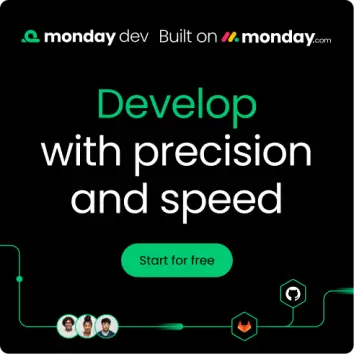As a manager, structuring your team for success is priority number one. When you hear about Agile, with its talk of masters and ceremonies, it can sound less like a practical project management methodology and more like a secret club. But at its core, Agile is a powerful framework designed to make your team more effective, collaborative, and productive.
An Agile team structure empowers each member to manage their own work while sharing collective responsibility for the outcome. This approach transforms daunting goals into achievable milestones. The results speak for themselves: Agile organizations often see significant boosts in productivity and efficiency. According to the 16th State of Agile Report, the top reasons for adopting Agile are to accelerate software delivery and enhance the ability to manage changing priorities.
This guide will walk you through the key agile roles and responsibilities from a manager’s perspective, helping you build a high-performing team ready to tackle any challenge. Let’s get your team set up for success.
Try monday devTL;DR: Agile roles like the Product Owner (sets the vision), Scrum Master (facilitates the process), and Development Team (executes the work) create a structure for self-managing teams. Understanding the difference between these roles and traditional job titles is key for managers to build a flexible, high-performing team that can adapt to any project demand.
Agile roles vs. job titles: Navigating the transition
One of the first hurdles for managers adopting Agile is understanding that an agile role isn’t always a direct 1:1 match with a traditional job title. A ‘Product Owner’ might be a Product Manager by title, but they could also be a lead marketer or a business analyst. The ‘role’ defines their function and responsibilities within the Agile framework, not their position on an org chart.
This distinction is crucial. It provides the flexibility to build teams based on skills and project needs rather than rigid hierarchies. For managers, the focus shifts from assigning tasks to empowering roles, ensuring the right people are making the right decisions at the right time.
The 3 core agile roles your team needs
While Agile frameworks can be adapted, most successful teams are built on the foundation of three core roles. Each has a distinct set of responsibilities that create a balance of power and a clear flow of work from vision to execution. Think of them as the three legs of a stool – remove one, and the whole system becomes unstable.
Here’s a quick breakdown of how these roles and their responsibilities stack up:
| Role | Primary Focus | Key Responsibilities |
|---|---|---|
| Product Owner | The "What" and "Why" | Defines the product vision, manages the backlog, and represents stakeholder needs. |
| Scrum Master | The "How" | Facilitates the agile process, removes impediments, and coaches the team. |
| Development Team | The "Execution" | Builds the product increment, self-manages tasks, and ensures quality. |
The product owner: The voice of the customer and business strategy
The Product Owner is the strategic guide for the project. This role is often filled by someone from product management or marketing, but the key qualification is a deep understanding of the customer and the business’s strategic goals. They are the ultimate decision-maker for the product backlog, ensuring the team is always working on what delivers the most value.
Many people confuse a product owner with a product manager, but the roles are distinct. A product manager oversees the entire lifecycle and strategy for a product, while a product owner is focused on the execution of a specific project or product increment. They translate the high-level vision into actionable user stories for the development team.
Product owner responsibilities
- Creating a clear product vision and a flexible product roadmap for the team
- Mapping the customer journey and deeply understanding user needs to inform development
- Acting as the primary liaison between stakeholders, customers, and the development team
- Planning sprints and product releases in collaboration with the team
- Making strategic decisions and setting clear goals for each development cycle
The product owner is responsible for managing the product backlog, which is the master list of everything the product needs. On a platform like monday.com, they can build and prioritize this backlog visually, making it easy to collaborate with team members to estimate effort and decide what to tackle in upcoming sprints.
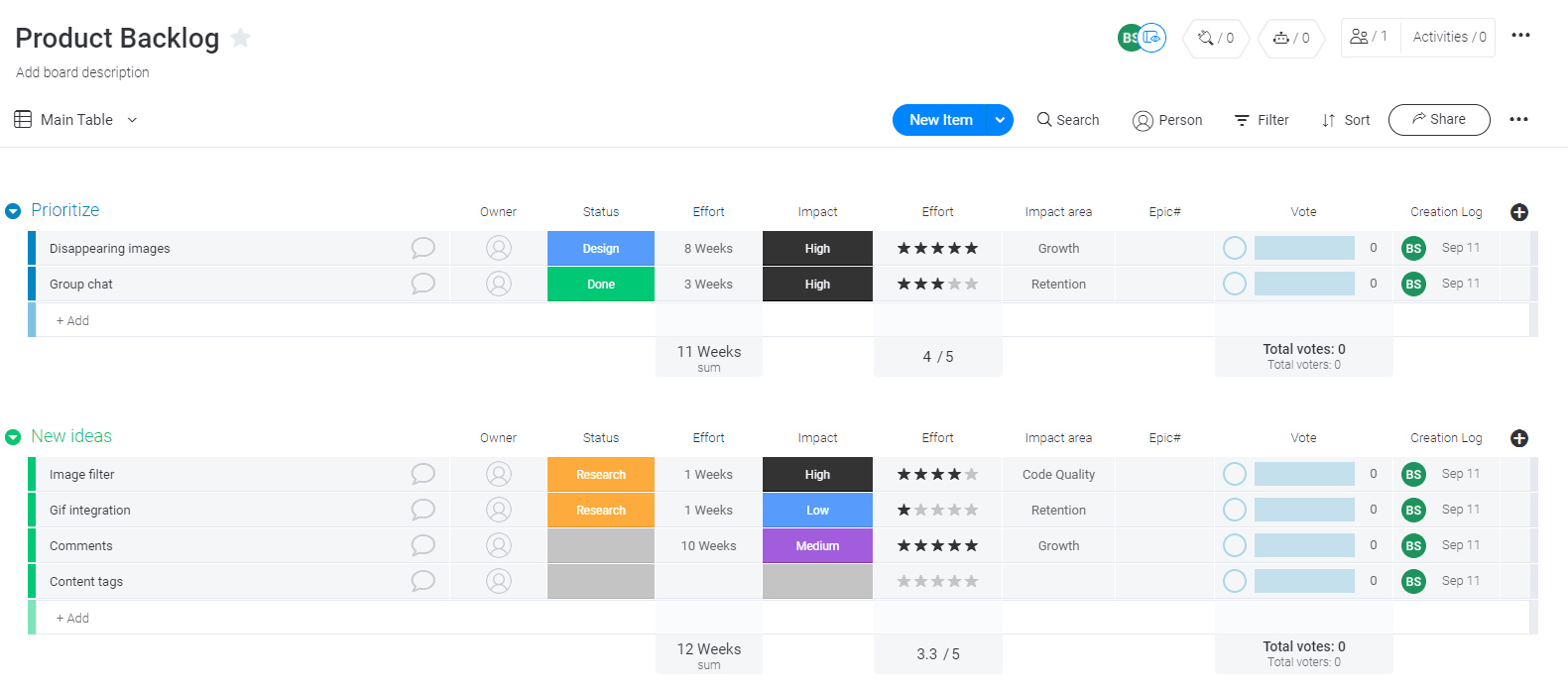
Define product goals and manage backlogs with complete flexibility. See how monday dev empowers Product Owners
Try monday devThe scrum master: The process guardian and team facilitator
The Scrum Master is not a traditional manager or team lead. Instead, they are a servant-leader whose primary goal is to make the team more effective. They do this by coaching the team on Agile principles, facilitating ceremonies like the daily stand-up, and most importantly, removing any impediments that are slowing the team down.
Myth vs. Reality
Myth: The Scrum Master is the team’s boss.
Reality: The Scrum Master is a facilitator and coach. They don’t assign tasks or manage people; they manage the process, ensuring the team has everything it needs to succeed and stays true to Agile values.
Scrum master responsibilities
- Keeping the sprint on track by identifying and resolving bottlenecks or conflicts
- Shielding the team from outside distractions to maintain focus
- Coaching team members on Agile principles and best practices
- Facilitating all Agile ceremonies to ensure they are productive and positive
- Not acting as a direct boss; their role is to empower, not command
Does every team need a scrum master?
For a mature team that is well-versed in Agile, a dedicated Scrum Master may not be necessary. At monday.com, for example, our internal development teams operate without one. We believe in fostering a culture of ownership where the team collectively shares the Scrum Master’s responsibilities. This level of self-management is a cornerstone of our productive work culture.
During a sprint, our teams use a shared board on monday.com to divide goals, prioritize tasks, and assign work based on skills. This visual workspace becomes the single source of truth during daily stand-ups, keeping everyone aligned, motivated, and accountable without needing a dedicated process manager.
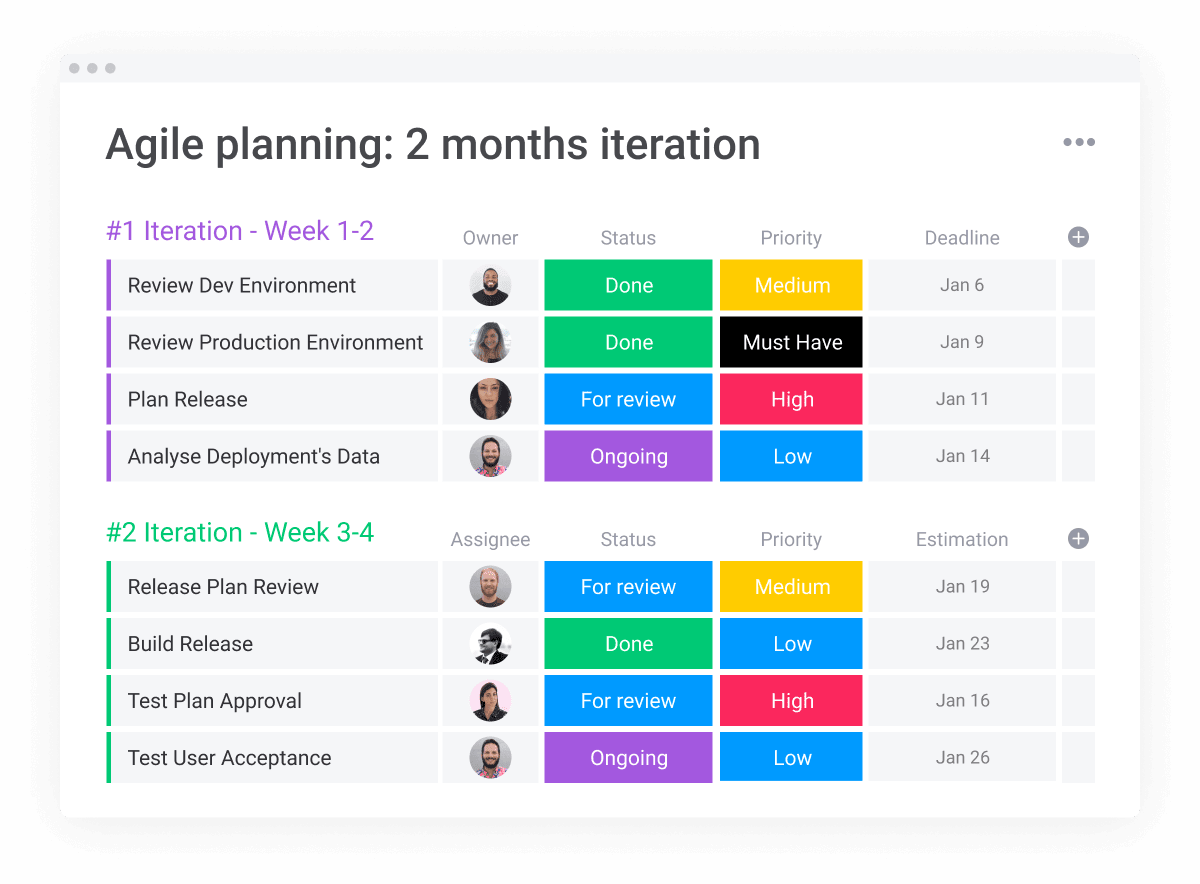
The development team: The engine of execution
The Development Team is the heart of any Scrum team. This cross-functional group includes not just developers but also designers, QA analysts, and anyone else needed to turn a user story into a finished product increment. In Agile, the team isn’t just a group of order-takers; they are empowered problem-solvers.
Because Agile is a democratized process, success depends on having engaged team members who take initiative. When hiring, managers should look for self-starters who are comfortable with both autonomy and collaboration. The team must have the authority to make decisions about how they will accomplish their work.
Team member responsibilities
- Taking direct ownership of user stories and the tasks required to complete them
- Practicing self-management, including estimating timelines and evaluating their own performance
- Collaborating with the Product Owner to plan and execute a sprint
- Participating actively in the entire process, from planning and execution to review and retrospective
The development team’s technical expertise is invaluable. They are best equipped to estimate the workload of potential features and weigh in on critical decisions. Involving them in every stage of the process is a key aspect of successful Agile project management, ensuring that plans are both ambitious and realistic.
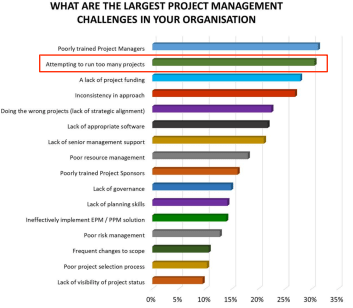
Supporting agile roles: Stakeholders and beyond
Beyond the core trio, other roles are vital to an Agile project’s success. These individuals or groups may not be involved in the day-to-day work, but their input and support are critical. The most important of these are the stakeholders.
Stakeholders
In Agile, stakeholders aren’t just passive observers who see the final product. They are active participants throughout the development process. The Product Owner works directly with them to define the vision and goals, and they are consulted before every new sprint. Their feedback during sprint reviews is what determines if an increment is truly ‘done’ and meets business needs.
Stakeholder responsibilities
- Clearly communicating their needs to the product owner to guide the sprint backlog
- Reviewing product iterations and providing timely, constructive feedback
- Staying engaged and responsive to ensure the project keeps moving forward
A stakeholder register can help you outline who your stakeholders are and what you need from them for the project to be a success.
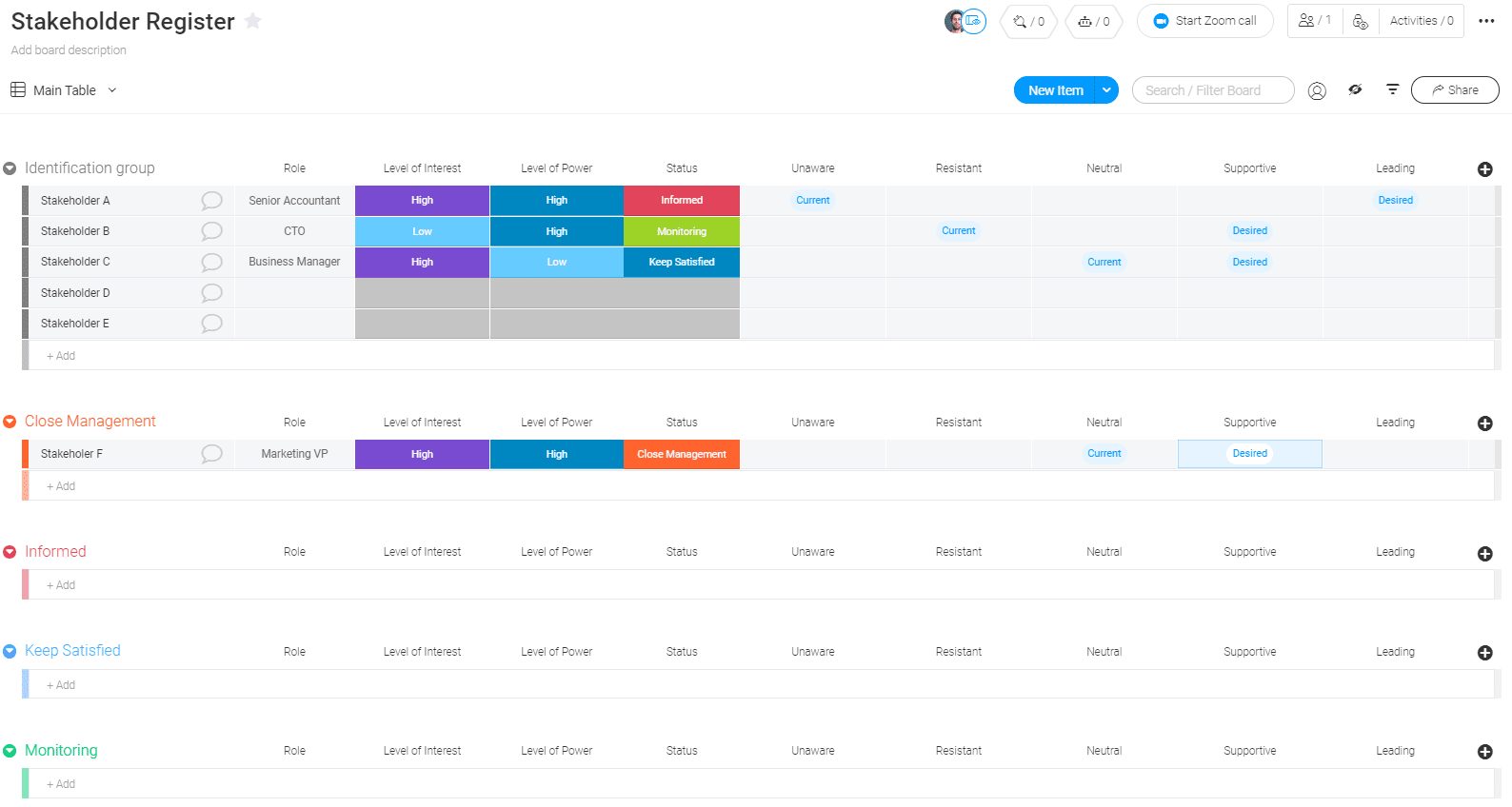
Other specialized agile roles
In larger companies or more complex projects, you may need to incorporate additional specialized roles to support your agile team structure.
Agile coach
An Agile Coach helps organizations adopt and mature their Agile practices. They mentor teams, help leadership understand the Agile mindset, and can shorten the learning curve to avoid common pitfalls. Often, an experienced Scrum Master can also serve as an Agile Coach for the wider organization.
Integrator
When multiple Scrum teams are working on a single large product, an Integrator is often needed. This role, common in scaled agile frameworks, is responsible for ensuring that the work of all teams integrates into a cohesive whole. They focus on inter-team collaboration and alignment with the organization’s larger goals.
Independent tester
Many companies, especially in regulated industries, have independent testing or Quality Assurance (QA) teams. This team acts as a final check, pressure-testing new features before they are released to customers. They provide an objective assessment of quality and help catch issues the development team might have missed.
Beyond scrum: Roles in kanban and hybrid models
While Scrum has clearly defined roles, other Agile frameworks are more flexible. Kanban, for instance, doesn’t prescribe specific roles like Product Owner or Scrum Master. Instead, it focuses on visualizing workflow and limiting work in progress. The existing team is expected to collaboratively manage the flow of work. Responsibilities are often shared, with team members pulling tasks from the backlog as they have capacity.
Many organizations find success with hybrid models, blending elements of Scrum and Kanban. In this scenario, a team might use Scrum’s roles and sprints for structure but adopt Kanban’s visual board and focus on continuous flow. This flexibility allows managers to create a custom agile team structure that fits their specific context, a core principle supported by platforms like monday dev.
How the right platform unlocks team potential
Defining agile roles is only half the battle. To truly empower your team, you need a platform that supports their way of working instead of forcing them into a rigid structure. This is where many traditional development tools fall short. They are often built for one specific methodology, creating silos and limiting visibility for managers.
A flexible platform like monday dev allows you to design workflows that match your team’s process, whether it’s pure Scrum, Kanban, or a unique hybrid. Managers gain real-time visibility into progress through customizable dashboards without having to disrupt the team’s flow. This bridges the gap between engineering and the rest of the business, ensuring everyone is aligned on strategic goals.
By connecting everything from high-level roadmaps to individual sprints and tasks in one place, you eliminate friction and empower each agile role to perform at its best. The Product Owner can easily manage the backlog, the Scrum Master can spot bottlenecks instantly, and the Development Team can focus on what they do best: building great products.
Gain real-time visibility into team progress without the micromanagement. Explore monday dev dashboards
Try monday devBuild your agile team your way
A team can only be truly Agile with the right foundation of people, processes, and platform. Educating your team on their roles and responsibilities is the critical first step. The next is giving them a workspace that supports their autonomy and your need for visibility.
Stop fighting rigid tools. Build, manage, and scale your agile teams your way with monday dev.
FAQs
How do agile roles adapt in a large enterprise (SAFe)?
In large enterprises using frameworks like the Scaled Agile Framework (SAFe), core agile roles still exist but are supplemented by additional roles to manage complexity at scale. For example, a 'Release Train Engineer' acts as a chief Scrum Master for an entire Agile Release Train (a team of agile teams), while 'Product Management' works with Product Owners to align backlogs with a broader solution vision. The focus remains on Agile principles, but with an added layer of coordination to align dozens of teams.
Can one person fill multiple agile roles?
In very small teams or startups, it's common for one person to wear multiple hats, such as being both the Product Owner and the Scrum Master. While possible, it's not ideal as it can create conflicts of interest (e.g., the need to protect the team from scope creep vs. the desire to add more features). As a team grows, separating these roles is crucial to maintain the healthy checks and balances that make Agile effective.
What's the difference between a scrum master and a project manager?
A Project Manager is a traditional role focused on planning, budget, scope, and directing a team to meet specific requirements. A Scrum Master, on the other hand, is a facilitator and coach for a self-organizing team. They don't manage the project; they manage the Agile process, removing impediments and ensuring the team can work as effectively as possible. The Scrum Master serves the team, while the Project Manager directs it.
What is the best software for managing agile roles and responsibilities?
The best software is a platform that offers flexibility to match your team's unique workflow. While many tools enforce a rigid structure, monday dev is designed to support any Agile methodology, from Scrum and Kanban to hybrid models. It provides a centralized space where Product Owners can manage backlogs, Development Teams can execute sprints, and managers get real-time visibility through customizable dashboards, ensuring every role is empowered to succeed.
 Try monday dev
Try monday dev 


